This web page is organized as follows:
As far as document sources on the early history of the telescope can be trusted, the earliest serviceable telescopes that could magnify more than a few times appear to have been first made in the Netherlands during the first years of the seventeenth century. Here, as abroad, these early telescopes found very rapid deployment not only by mariners and military officers but by astronomers as well. Within only a few years after its invention, the telescope had become the most important tool of the astronomer.
In the Netherlands, the science of astronomy has always been pursued with great enthusiasm by amateurs and professionals alike, and it is therefore not surprising that in such a small country many early and historic telescopes can still be found in the collections of museums, observatories and in the hands of private collectors.
As a guide for visitors to the Netherlands with an interest in the history and the development of the telescope, the following web page lists museums and observatories in the Netherlands that preserve historic telescopes and lenses up to circa 1900. Where possible, links have been provided to web pages of individual museums and observatories (if available, in English, otherwise in Dutch) that provide addresses and opening hours. Small maps have also been provided with the location of the museum/observatory indicated by a blue dot.
It should be noted that most observatories are not open to the public on a daily basis and one should therefore make an appointment with a staff member if one wishes to view the instruments. Telescopes and lenses listed in museum collections are based on catalogues and information supplied by museum curators and include both those that are on display as those that are stored in the depots.
Netherlands Maritime MuseumHouses the largest collection of maritime instruments in the Netherlands, including:
For more information on these telescopes and other objects in the collections of Dutch maritime museums, go to Maritiem Digitaal. |
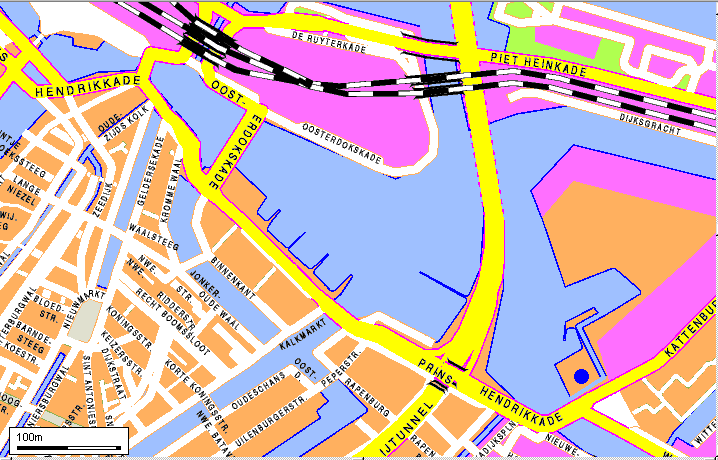 |
Delft University of Technology: Faculty of Civil Engineering and GeosciencesPreserves a large collection of geodetical and related instruments adjacent to the faculty library, including:
|
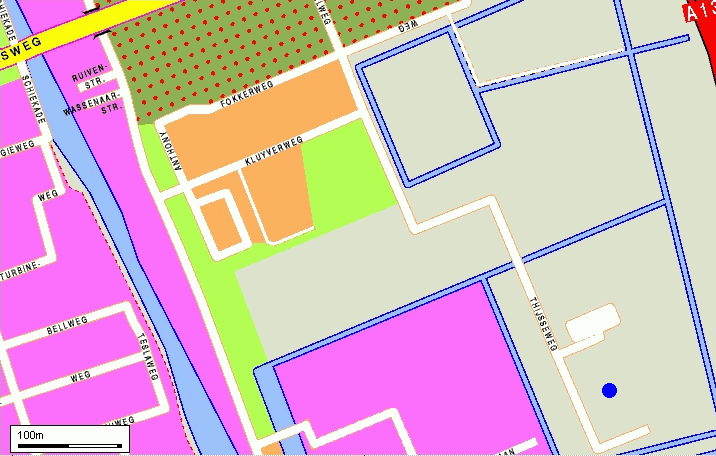 |
Koninklijk Eise Eisinga PlanetariumSite of the famous planetarium of the wool carder and self-taught astronomer and instrument maker Eise Jeltes Eisinga (1744-1828). The planetarium museum includes:
Visitors of the Eise Eisinga Planetarium should also visit the nearby Museum ’t Coopmanshûs on the Voorstraat that has a magnificent orrery by Thomas Wright & Benjamin Cole acquired by the Academy of Franeker in 1785. Literature
|
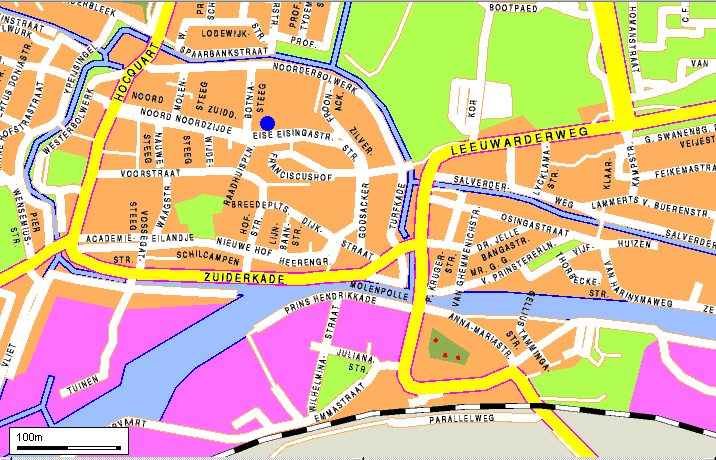 |
Teylers MuseumPreserves several telescopes in its unique collection of 18th- and 19th-century scientific instruments, including:
Literature
|
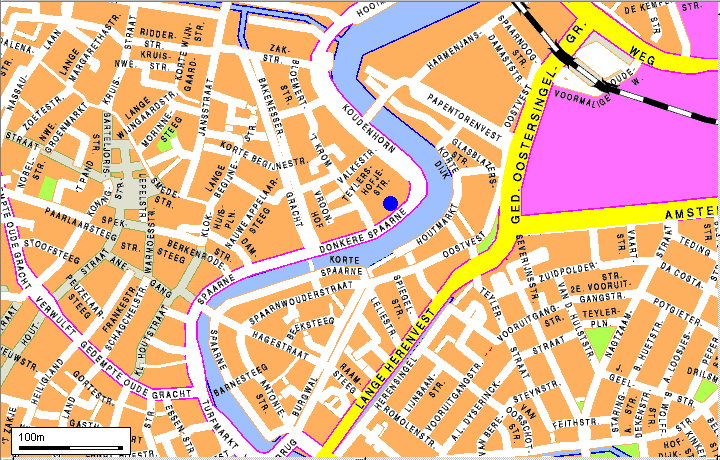 |
Explorion (Limburgs Science Centrum)Public observatory (founded in 1976), formerly known as “Sterrenwacht Schrieversheide”, houses a large refractor from the former St. Ignatius College of Valkenburg. This Jesuit college, founded in 1894 by German Jesuits who had been exiled from their homeland by the ‘Jesuitengesetz’ of 1872, had an observatory of which the main instrument was the large refractor by Georg Nicholas Saegmuller (Washington). The telescope, equipped with an object glass (Ø = 22.7 cm, f = 280 cm) by John Clacey (Washington) and an aluminium tube, was exhibited at the World’s Columbian Fair of 1893 in Chicago and was set up in Valkenburg in 1896. The telescope was mainly used for variable star observations by the fathers Joseph Hisgen and Michael August Esch. During WW II the telescope was hidden away in a nearby seminary in Maastricht where for more than thirty years it lay forgotten and neglected in the attic until it was acquired by the Sterrenwacht Schrieversheide. Literature
|
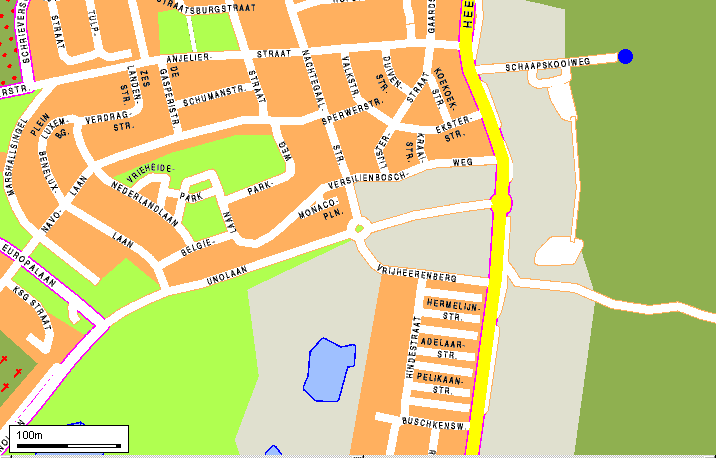 |
Museum BoerhaaveHouses the largest public collection of historical telescopes in the Netherlands, including:
For more information on these telescopes and other objects in the collection, go to the online database. Literature:
|
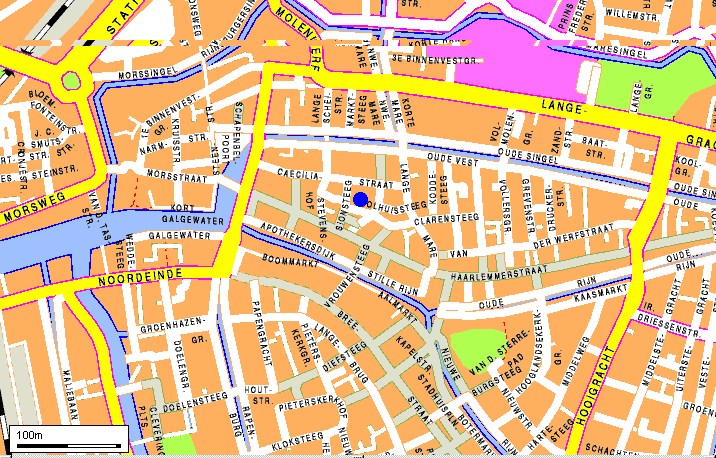 |
|
| Old Observatory
Site of the Leiden Observatory from 1860 to 1974. Most of the observatory’s historic instruments are now in the collection of Museum Boerhaave. The larger telescopes are still in the building, including:
Literature
|
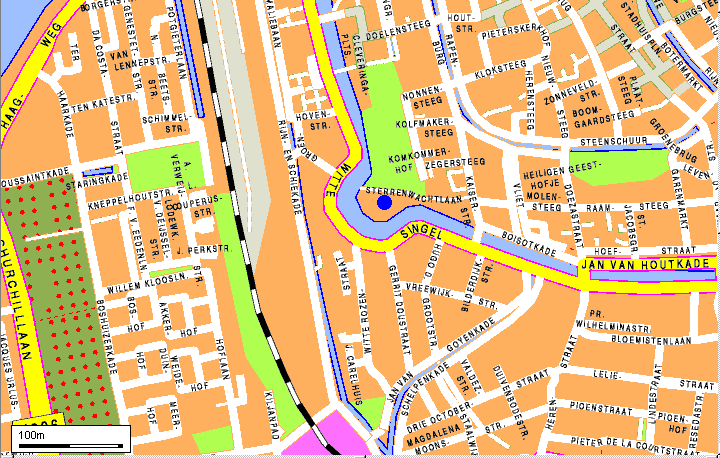 |
|
| New
Observatory
During the winter and spring seasons the large mid-18th century telescope built of Jacobus van der Wall is on display in the entrance hall of the J.H. Oort Building. This Gregorian reflector was built around 1750 by the Amsterdam instrument maker Adam Steitz for the wealthy Amsterdam merchant Jacobus van der Wall. After Van der Wall’s death in 1782, the telescope was bequeathed to the Leiden Observatory. During the summer and autumn seasons the telescope is on display in Museum Boerhaave. Literature
|
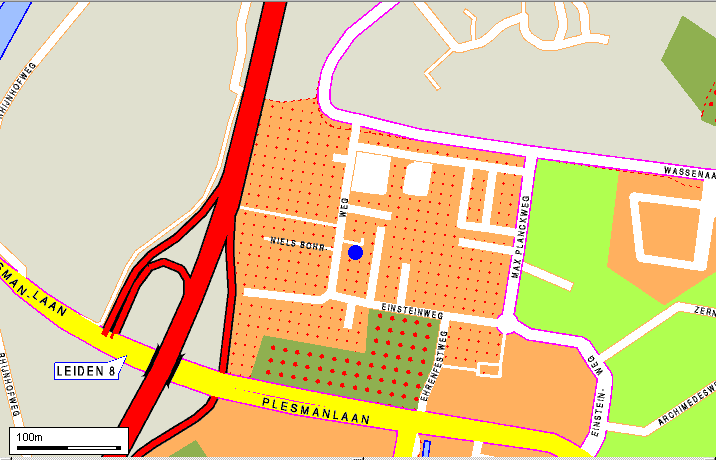 |
| Zeeuws
Museum
The collection includes:
Literature
|
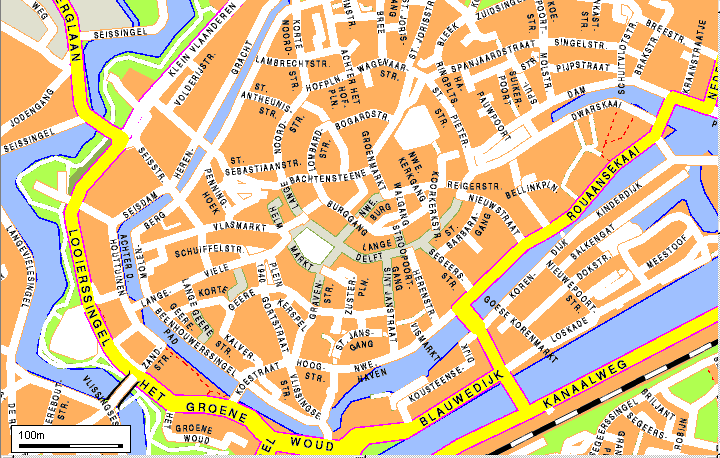 |
| Maritime
Museum
The collection includes:
For more information on these telescopes and other objects in the collections of Dutch maritime museums, go to Maritiem Digitaal. |
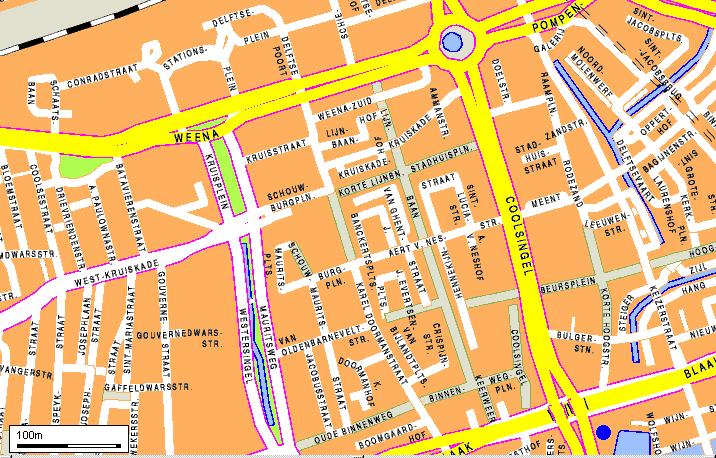 |
| Museon
The collection includes the following telescopes:
|
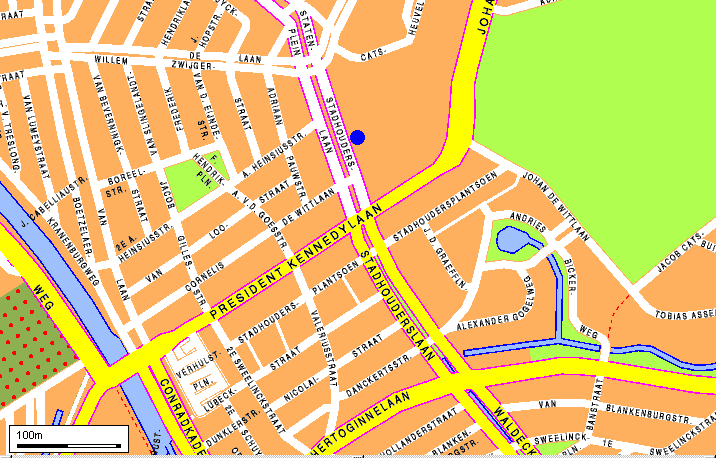 |
| University Museum
Contains several historical telescopes from the collections of the Utrecht Observatory and the Physics Laboratory, including:
Literature
|
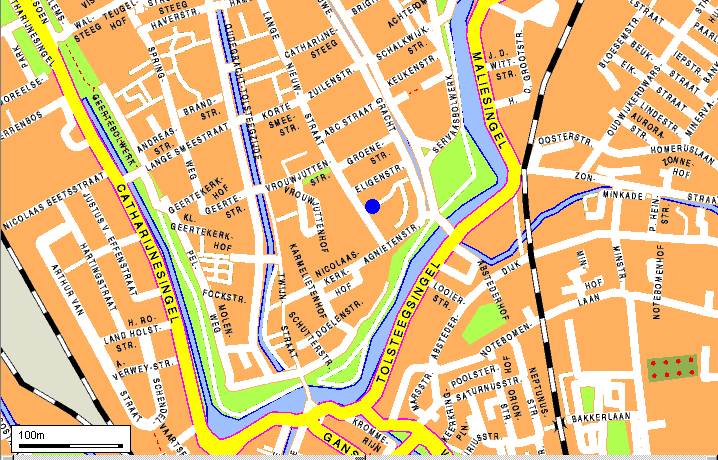 |
|
| Museum Sterrenwacht
Sonnenborgh
Site of the Astronomical Institute of Utrecht from 1853 to 1987. The following large telescopes are still in the building:
|
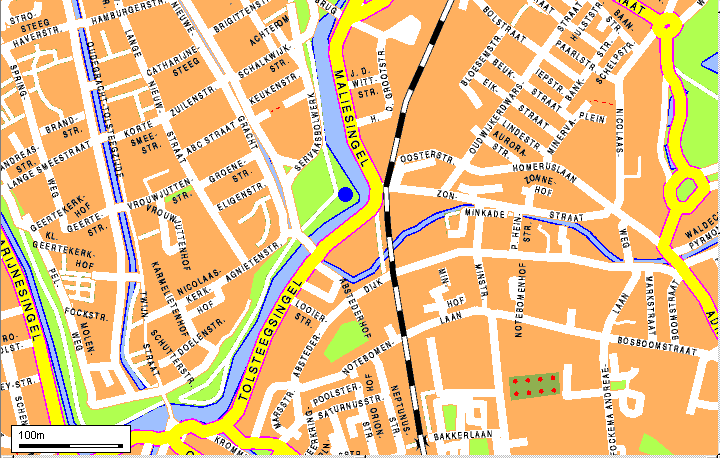 |
This web page would not have been possible without the help of Lex Blommers (Werkgroep Leidse Sterrewacht), Jan Deiman (Utrecht University Museum), Peter Louwman (Wassenaar), Willem Mörzer Bruyns (Netherlands Maritime Museum, Amsterdam), Peter Wisse (Museon, The Hague) and Huib Zuidervaart (Leiden).
Return to my homepage
Web page last updated on 13 May 2008